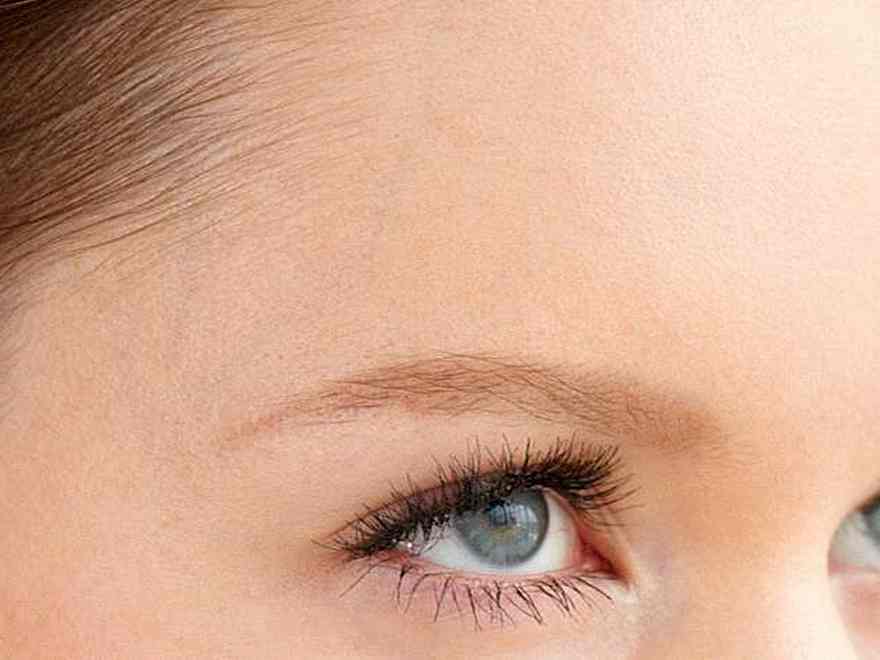
Dry pores and skin may appear inevitable when the temperature drops and your private home's inside heating system fires up, however at a sure level, your signs would possibly transcend run-of-the-mill dehydration. After they do, it's crucial to make an appointment together with your dermatologist—however how dry, precisely, is simply too dry, and how are you going to know when it's really time to hunt out skilled assist?
Associated: 10 Knowledgeable-Beneficial Merchandise to Stop Dry Pores and skin
Exacerbating Components
Earlier than we dive into dry pores and skin signs and indicators that warrant a dermatologist's consideration, let's first discover what exacerbates this situation. In response to board-certified dermatologist Dr. Corey L. Hartman, the founding father of Pores and skin Wellness Dermatology in Birmingham, Alabama, basic winter (and even fall) temperatures are harsh; the low humidity that accompanies these seasons may cause pores and skin to dry out and grow to be itchy, cracked, and irritated. "Chilly air additionally tightens pores, reduces oil manufacturing, and reduces circulation," he shares, which is why the dermis usually feels so parched through the colder months. It’s not, nonetheless, solely the climate's fault. Dr. Hartman reminds us that scorching showers and indoor warmth additionally promote dryness.
Prevention
Sure, dry pores and skin is commonly seasonal—however you don't have to maneuver to a hotter local weather to seek out aid. As an alternative, board-certified dermatologist Dr. Hadley King notes that taking a preventative strategy and including as a lot moisture again into our pores and skin and quick atmosphere (together with our house and workplace) is vital. "This implies utilizing a humidifier, limiting time in baths or showers, utilizing mild cleansers, and moisturizing, moisturizing, moisturizing," she says, noting that lotions made with humectants, emollients, and occlusives will finest lure in hydration. Along with selecting a cream with the best elements, Dr. King says it's extraordinarily useful to use it on the proper time.
"Instantly after you bathe, even earlier than your pores and skin is dry, apply emollients to lock within the moisture," she says. "You might want heavier emollients and occlusives within the winter than you do through the hotter months—and you could want to use extra." That mentioned, she encourages you to use as a lot as needed; you must stroll out of your lavatory feeling really hydrated from head to toe. "In case your pores and skin appears to shortly soak up what you may have utilized, then you should both apply extra or change to a extra moisturizing product," she provides.
 Credit score: Prostock-Studio / Getty Photos
Credit score: Prostock-Studio / Getty Photos
Extreme Signs
If not one of the above measures do your pores and skin any good, it's time to re-evaluate your strategies. In any case, what would possibly seem to be seasonal dry pores and skin might very nicely level to a much bigger downside. "Dry pores and skin that isn’t alleviated by moisturizers and experiences redness, swelling, flaking, burning, itching, or pustules may point out a extra extreme dry pores and skin situation related to irritation," explains board-certified dermatologist Dr. Naissan Wesley. When these signs come up, it's time to seek the advice of a dermatologist.
Dermatologist Intervention
In response to Dr. Hartman, as soon as the itch cycle begins (which is frequent in severely dry pores and skin circumstances), it’s troublesome to interrupt it and restore the pores and skin barrier with out prescription medicine and a dermatologist-recommended product routine, which "contains gentle cleansers and emollient lotions containing ceramides, oils, squalene, or petrolatum," he shares. Whilst you would possibly really feel like a skincare aficionado able to deciding on your individual formulation, Dr. Hartman reminds us that "dermatologists can suggest the suitable mild cleansers to spare some naturally-occurring pores and skin oils, emollient lotions and ointments to seal in hydration and restore the pores and skin barrier, prescription topical steroids and immunomodulators to regulate the irritation that results in the rash, humidifiers to drive in moisture, and antihistamines to assist management the itch."
What's extra, he says that in excessive circumstances—particularly ones that turn into infections—a dermatologist is ready to prescribe prescription antibiotics get harmful issues below management. A health care provider received't solely recommend merchandise and prescribe medication, although: They'll be capable of get to the foundation of the issue. "A dermatologist can correctly assess the rationale behind the dry pores and skin situation, and diagnose and deal with any circumstances which might be past dry pores and skin," Dr. Wesley says. "A few of these circumstances might contain underlying irritation that may require therapy with life-style or product modifications or prescription drugs."















